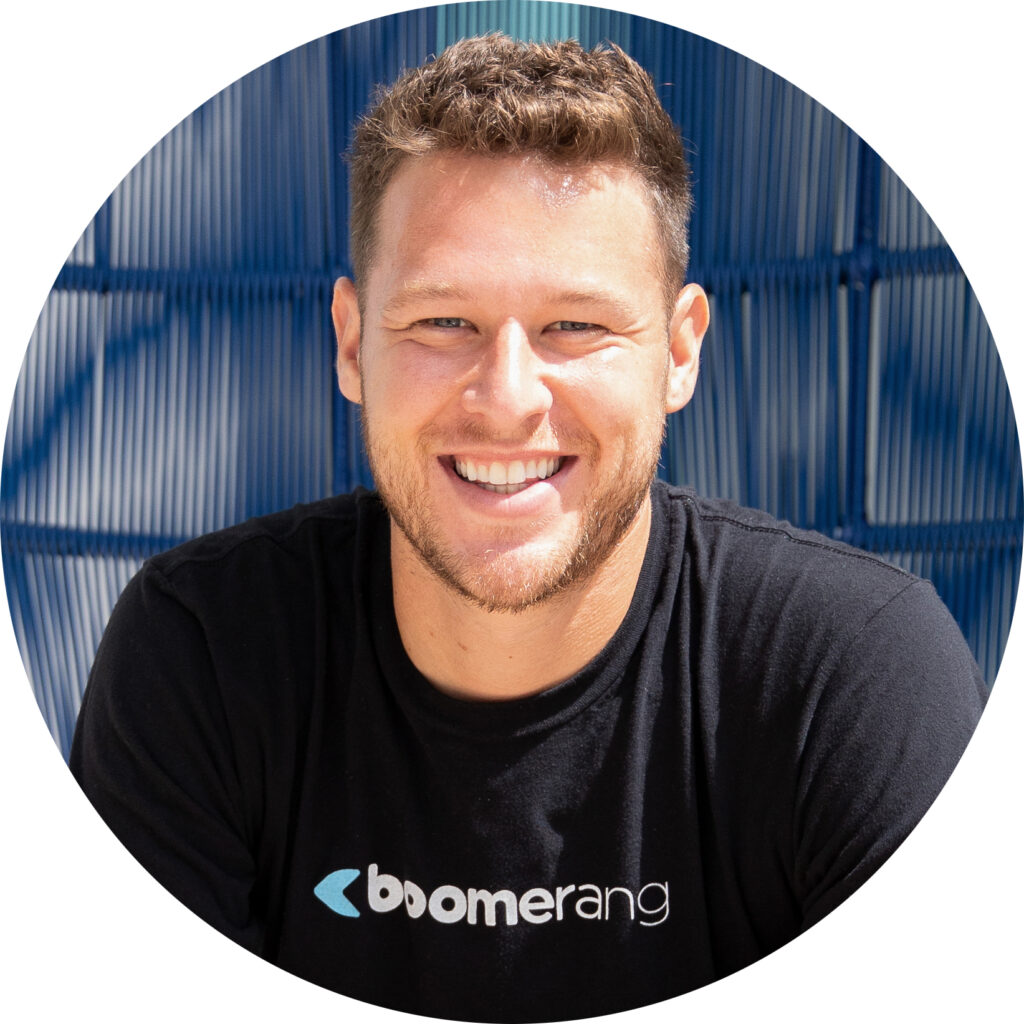Spend a few minutes Googling lost and found and you’ll quickly notice that the space suffers from extreme fragmentation.
The fragmentation consists of small companies with a niche focus, e.g. a tracking software just for hotels. This is completely contrary to most marketplace categories, which tend to be saturated with companies gunning to be the dominant player.
For the sneaker marketplace, you have both StockX and GOAT. For short-term rental properties, there are Airbnb and Vrbo. For buying and selling items locally, there’s OfferUp, Ebay, and of course, Craigslist.
But for lost and found, it’s lacking that 800-pound gorilla that dominates the industry as a whole. Without that dominant player in the space who significantly rises above the noise, the outcome of losing an item will sadly remain the same. Poor customer consistency. Low customer satisfaction. Unfortunately, this is where we’re at today.
Like any great marketplace, both the supply side and demand side must have traction in order to have a positive customer experience. In Boomerang’s case, on the supply side are people/businesses who found the item and upload it to Boomerang. On the demand side are people who have lost their item and immediately submit their Boomerang claim. Once you become that dominant brand, you become the lost and found marketplace that we’ve all been waiting for.
So while extreme fragmentation is lost and found’s biggest unsolved problem, it’s also a clear opportunity for Boomerang to fulfill the market need.
Since Boomerang’s inception, I’ve been working closely with hundreds of business operators across a wide range of industries to get consistency in lost and found across all businesses. From mom-and-pop-shop owners to Fortune 500 companies, they share the same headache; their customers lose items, and the business dreads dealing with it. Businesses are a big piece of the puzzle to solving the extreme fragmentation in lost and found and the supply side of the marketplace, so we’re focusing here first.
Every day, I am impressed by these company owners/operators’ focus on serving customers and improving business efficiency. If a technology helps their customers and simultaneously allows them to run a smarter business, they welcome the innovation with great gusto.
With business’ continued strong adoption of Boomerang, there’s finally a path forward to solving the underpinning fragmentation in the lost and found industry.
There’s not a business too small or large to partner with Boomerang. Let’s get this done.

Skyler Logsdon
CEO, Boomerang